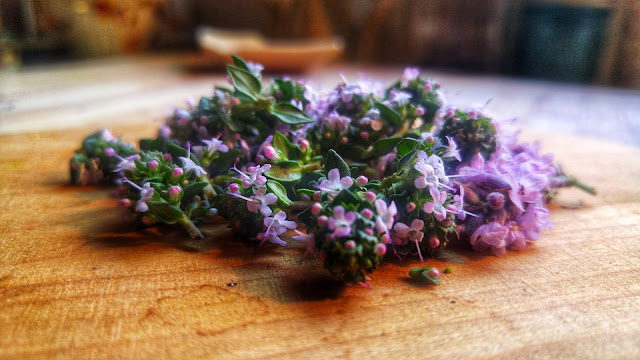Chard: the flashy green with a PhD in healing
Chard is a subspecies of beta vulgaris: it is a beet cultivar. One of its common names is "sea beet". As such, it is safe to loosely classify it under the magical properties of beet-- a "light" or "above-ground" version of all the potent attributions we get with beets, like love and lust. I classify this leafy green under the rulership of Venus, with a very slight Martial leaning, and the Element Earth. Chard is an ally in healing, courage, and nourishment, and connection with Nature.
 |
| Chard, flourishing in our Winter garden. |
Chard is anti-inflammatory, and it's health benefits are legion, such as fighting autoimmune disease, osteoporosis, diabetes, cardiovascular diseases, and cancer. Chard contains the antioxidant phytonutrient betalain, which I will discuss in more depth in our post on beets. It is rich in vitimins, nutrients, and Omega-3 fatty acids. Chard is one of the best vegetables you can consume to support your overall health.
 |
| Look at those gorgeous veins! |
Chard isn't just healthy, it can also be very pretty, and as such it is a useful ingredient to toss into salads and any dish where you would use leafy greens, cabbage, or kale. You can find chard in any color, but the red-veined variety is the most common. I almost always prefer chard in soups and stews, because it isn't bitter like other greens.
 |
| A food of every color, for your health |
Today I made a big pot of homemade minestrone, and added two handfuls of shredded fresh chard from the garden. My cooking is often heavily influenced by Middle Eastern and Mediterranean cuisine, where chard is a popular ingredient in soups, stews, and even savory pies. Chard leaves can also be rolled and stuffed-- their delicate flavor is something you may find you like much better than cabbage.
Minestrone Soup recipe coming soon!



Comments
Post a Comment